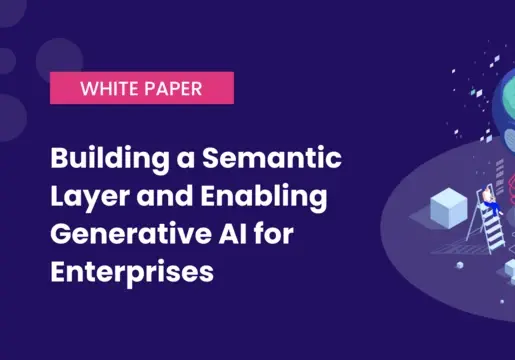Dan Twing and Tom O'Rourke discuss EMA's latest research report titled "The Future of Workload Automation and Orchestration: Driving Digital Transformation with Orchestration and Generative AI". The hosts explore the evolving landscape of workload automation, highlighting how it has become a central hub for orchestration across enterprises. The conversation covers key trends including growth in the number of jobs, staffing and skill challenges, the rise of observability, and the impact of AI on automation strategies. The research shows workload automation tools are evolving into enterprise-wide orchestration platforms that connect business processes beyond just technical automations.
Key Findings
- Continued job growth in workload automation, with 20-25% of organisations seeing about 10% growth and another 30% growing in the 10-25% range, though 16-17% of organisations now report staying at the same level
- Lack of skilled resources has risen to become the #1 or #2 challenge for implementing automation, even surpassing security and compliance concerns
- 75-85% of organisations are now focusing specifically on orchestration as a strategic objective
- Organisational structures are becoming more diverse, moving from centralised teams to a mix of centralised oversight with decentralised teams and specialised groups
- Observability has become increasingly important as automation expands to business outcome processes
- 97% of organisations expect AI to significantly impact their workload automation strategy within 2-3 years, with 18% saying it already has
Recommendations
- Build a comprehensive automation skills development strategy
- Develop a structured approach to address the critical skills gap in workload automation and orchestration. This should include creating formal training programs, establishing mentorship opportunities, and potentially partnering with vendors and professional services organisations for specialised training.
- Integrate observability into your automation strategy
- Invest in robust observability capabilities that provide visibility across all automated processes and systems. Implement monitoring solutions that collect telemetry data in standardised formats (such as OpenTelemetry) and integrate this data with your orchestration platform.
- Develop an AI adoption roadmap for automation_Create a strategic roadmap for incorporating AI into your automation initiatives over the next 12-24 months. Start by identifying specific use cases where AI can provide immediate value, such as anomaly detection, predictive analytics for job performance, or intelligent workflow routing. Allocate resources for AI experimentation and establish metrics to measure the business impact of AI-enhanced automation.
Show Links: Enterprise Management AssociatesEMA Future of Workload Automation and Orchestration ReportEMA webinar Contact Us: mailto: eaepodcast@emausa.com









Comments ( 0 )